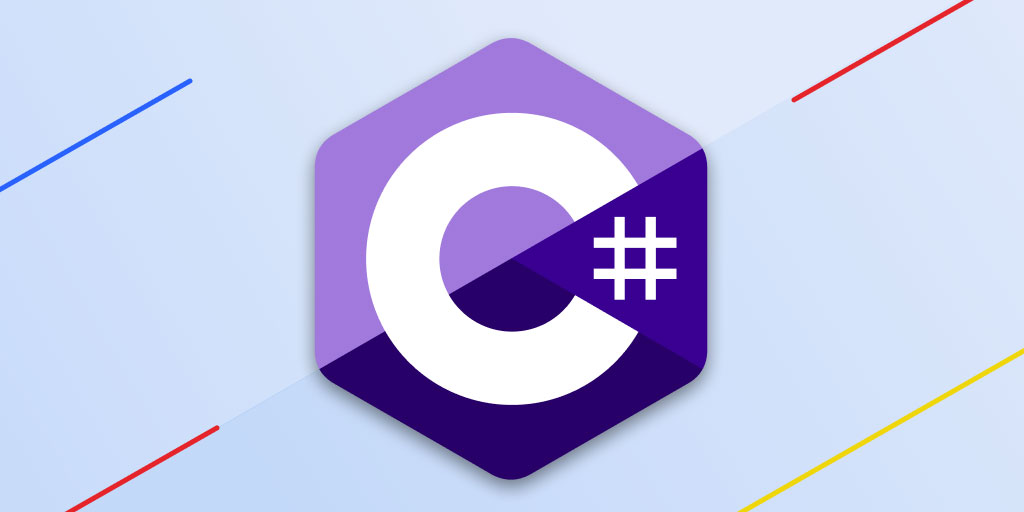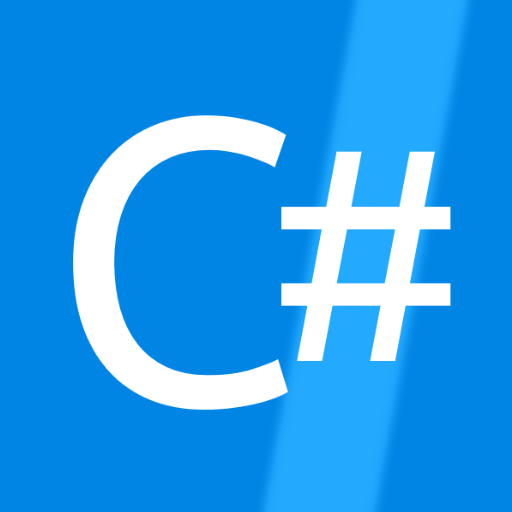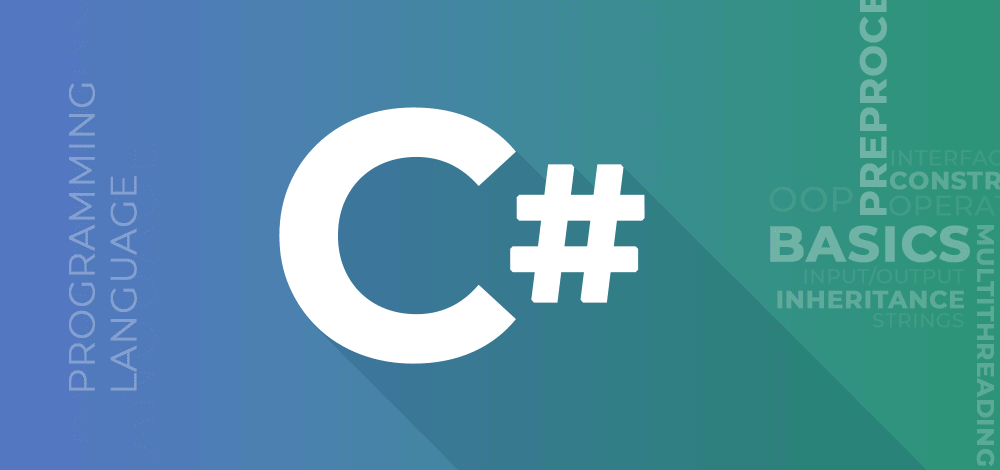Reflection is a function in C# for dynamic analysis and modification of program structures at runtime. Its core functions include obtaining type information, dynamically creating objects, calling methods, and checking assembly. Common application scenarios include: 1. Automatically bind the data model, such as mapping dictionary data to class instances; 2. Implement the plug-in system, loading external DLLs and calling its interfaces; 3. Supporting automated testing and logging, such as executing specific feature methods or automatically recording logs. When using it, you need to pay attention to performance overhead, encapsulation corruption and debugging difficulties. Optimization methods include caching type information, using delegates to improve call efficiency, and generating IL code. Rational use of reflection can improve the flexibility and versatility of the system.

Reflection is a very powerful feature in C#. It allows us to dynamically analyze, check and even modify the structure of a program at runtime. Although it sounds a bit "advanced", its application scenarios are actually very common, such as dependency injection, serialization, plug-in systems, etc.

If you have written some code that requires automatic mapping of class attributes or loading external DLLs, you may have used reflection, but may not have realized it.

Let’s take a look at what reflection can do and in which scenarios it can be used.
What is reflection?
Reflection is the ability of a program to view its own structure when it is run. Through the class in System.Reflection namespace, we can:

- Get type information (such as class names, methods, attributes, fields, etc.)
- Dynamically create objects
- Call methods or access properties and fields
- Check the assembly content
For example: you can get all the public attributes of a certain class through reflection, and then read or set their values ??according to the name, without knowing what specific attributes are in advance.
This is especially useful when dealing with data with uncertain structures, such as deserializing JSON or XML data to a specific class.
Common usage scenarios for reflection
1. Automatically bind the data model
Reflection can save you a lot of duplicate assignment operations when you read data from a database, API, or configuration file and want to map this data into a class instance.
For example:
public class User {
public string Name { get; set; }
public int Age { get; set; }
} Suppose you have a dictionary Dictionary<string, object> containing "Name" and "Age" fields, you can traverse all attributes and match the assignments through reflection instead of writing them manually.
This is also one of the core mechanisms behind many ORM frameworks and serialization libraries.
2. Plug-in system and hot updates
Reflection can load external DLL files and find classes and methods in them, thereby implementing hot loading of plug-in systems or modules.
For example, you can design a plug-in interface:
public interface IPlugin {
void Execute();
} Then load a DLL containing the implementation of the interface at runtime and call its Execute() method through reflection.
This method makes your application extensible and adds new features without recompiling the main program.
3. Automated testing and logging
In unit testing, reflection is often used to discover and execute methods with [TestMethod] characteristics. Similarly, in AOP programming, features and reflection can also be used to perform logging, permission control and other functions.
For example, you can define a [Log] feature and then automatically log the log before calling the target method, without manually adding a line of log code for each method.
What should you pay attention to when using reflection?
Although reflection is powerful, there are some disadvantages to pay attention to:
- The performance overhead is relatively high : the reflection is much slower than direct calling methods or accessing fields. If you use reflection in places where you call frequently, it is recommended to do caching.
- Destroy encapsulation : Reflection can access private members, but this may make the code difficult to maintain and should be used with caution.
- Debugging difficulty : Since a lot of logic is dynamically completed at runtime, it is not easy to track errors.
Therefore, try to avoid excessive use of reflection unless dynamic behavior is indeed required.
How to optimize reflection performance?
If you do want to use reflection and are sensitive to performance, you can consider the following ways:
- Cache type information (Type object, MethodInfo, etc.) to avoid repeated acquisition
- Use
Delegate.CreateDelegateto convert MethodInfo to delegate to improve call efficiency - Generate IL code in .NET Core/.NET 5 using
System.Reflection.Emitor expression tree to further optimize
For example, you can cache a PropertyInfo for a property and reuse it in multiple calls instead of re-fetching each time.
Basically that's it. Reflection is a useful tool, especially when building a general framework or a system that requires a high degree of flexibility. But remember that it is not a master key, and only when it is used reasonably can it achieve its maximum value.
The above is the detailed content of Mastering C# Reflection and Its Use Cases. For more information, please follow other related articles on the PHP Chinese website!

Hot AI Tools

Undress AI Tool
Undress images for free

Undresser.AI Undress
AI-powered app for creating realistic nude photos

AI Clothes Remover
Online AI tool for removing clothes from photos.

Clothoff.io
AI clothes remover

Video Face Swap
Swap faces in any video effortlessly with our completely free AI face swap tool!

Hot Article

Hot Tools

Notepad++7.3.1
Easy-to-use and free code editor

SublimeText3 Chinese version
Chinese version, very easy to use

Zend Studio 13.0.1
Powerful PHP integrated development environment

Dreamweaver CS6
Visual web development tools

SublimeText3 Mac version
God-level code editing software (SublimeText3)

Hot Topics
 Creating and Applying Custom Attributes in C#
Jul 07, 2025 am 12:03 AM
Creating and Applying Custom Attributes in C#
Jul 07, 2025 am 12:03 AM
CustomAttributes are mechanisms used in C# to attach metadata to code elements. Its core function is to inherit the System.Attribute class and read through reflection at runtime to implement functions such as logging, permission control, etc. Specifically, it includes: 1. CustomAttributes are declarative information, which exists in the form of feature classes, and are often used to mark classes, methods, etc.; 2. When creating, you need to define a class inherited from Attribute, and use AttributeUsage to specify the application target; 3. After application, you can obtain feature information through reflection, such as using Attribute.GetCustomAttribute();
 Designing Immutable Objects and Data Structures in C#
Jul 15, 2025 am 12:34 AM
Designing Immutable Objects and Data Structures in C#
Jul 15, 2025 am 12:34 AM
The core of designing immutable objects and data structures in C# is to ensure that the state of the object is not modified after creation, thereby improving thread safety and reducing bugs caused by state changes. 1. Use readonly fields and cooperate with constructor initialization to ensure that the fields are assigned only during construction, as shown in the Person class; 2. Encapsulate the collection type, use immutable collection interfaces such as ReadOnlyCollection or ImmutableList to prevent external modification of internal collections; 3. Use record to simplify the definition of immutable model, and generate read-only attributes and constructors by default, suitable for data modeling; 4. It is recommended to use System.Collections.Imm when creating immutable collection operations.
 Handling Large Datasets Efficiently with C#
Jul 06, 2025 am 12:10 AM
Handling Large Datasets Efficiently with C#
Jul 06, 2025 am 12:10 AM
When processing large amounts of data, C# can be efficient through streaming, parallel asynchronous and appropriate data structures. 1. Use streaming processing to read one by one or in batches, such as StreamReader or EFCore's AsAsyncEnumerable to avoid memory overflow; 2. Use parallel (Parallel.ForEach/PLINQ) and asynchronous (async/await Task.Run) reasonably to control the number of concurrency and pay attention to thread safety; 3. Select efficient data structures (such as Dictionary, HashSet) and serialization libraries (such as System.Text.Json, MessagePack) to reduce search time and serialization overhead.
 Writing Maintainable and Testable C# Code
Jul 12, 2025 am 02:08 AM
Writing Maintainable and Testable C# Code
Jul 12, 2025 am 02:08 AM
The key to writing C# code well is maintainability and testability. Reasonably divide responsibilities, follow the single responsibility principle (SRP), and take data access, business logic and request processing by Repository, Service and Controller respectively to improve structural clarity and testing efficiency. Multi-purpose interface and dependency injection (DI) facilitate replacement implementation, extension of functions and simulation testing. Unit testing should isolate external dependencies and use Mock tools to verify logic to ensure fast and stable execution. Standardize naming and splitting small functions to improve readability and maintenance efficiency. Adhering to the principles of clear structure, clear responsibilities and test-friendly can significantly improve development efficiency and code quality.
 Creating Custom Middleware in ASP.NET Core C#
Jul 11, 2025 am 01:55 AM
Creating Custom Middleware in ASP.NET Core C#
Jul 11, 2025 am 01:55 AM
Create custom middleware in ASP.NETCore, which can be implemented by writing classes and registering. 1. Create a class containing the InvokeAsync method, handle HttpContext and RequestDelegatenext; 2. Register with UseMiddleware in Program.cs. Middleware is suitable for general operations such as logging, performance monitoring, exception handling, etc. Unlike MVC filters, it acts on the entire application and does not rely on the controller. Rational use of middleware can improve structural flexibility, but should avoid affecting performance.
 Best Practices for Using LINQ in C# Effectively
Jul 09, 2025 am 01:04 AM
Best Practices for Using LINQ in C# Effectively
Jul 09, 2025 am 01:04 AM
The following points should be followed when using LINQ: 1. Priority is given to LINQ when using declarative data operations such as filtering, converting or aggregating data to avoid forced use in scenarios with side effects or performance-critical scenarios; 2. Understand the characteristics of delayed execution, source set modifications may lead to unexpected results, and delays or execution should be selected according to requirements; 3. Pay attention to performance and memory overhead, chain calls may generate intermediate objects, and performance-sensitive codes can be replaced by loops or spans; 4. Keep the query concise and easy to read, and split complex logic into multiple steps to avoid excessive nesting and mixing of multiple operations.
 Mastering C# Reflection and Its Use Cases
Jul 06, 2025 am 12:40 AM
Mastering C# Reflection and Its Use Cases
Jul 06, 2025 am 12:40 AM
Reflection is a function in C# for dynamic analysis and modification of program structures at runtime. Its core functions include obtaining type information, dynamically creating objects, calling methods, and checking assembly. Common application scenarios include: 1. Automatically bind the data model, such as mapping dictionary data to class instances; 2. Implement the plug-in system, loading external DLLs and calling its interface; 3. Supporting automated testing and logging, such as executing specific feature methods or automatically recording logs. When using it, you need to pay attention to performance overhead, encapsulation corruption and debugging difficulties. Optimization methods include caching type information, using delegates to improve call efficiency, and generating IL code. Rational use of reflection can improve the flexibility and versatility of the system.
 Deep Dive into C# Generics Constraints and Covariance
Jul 12, 2025 am 02:00 AM
Deep Dive into C# Generics Constraints and Covariance
Jul 12, 2025 am 02:00 AM
Generic constraints are used to restrict type parameters to ensure specific behavior or inheritance relationships, while covariation allows subtype conversion. For example, whereT:IComparable ensures that T is comparable; covariation such as IEnumerable allows IEnumerable to be converted to IEnumerable, but it is only read and cannot be modified. Common constraints include class, struct, new(), base class and interface, and multiple constraints are separated by commas; covariation requires the out keyword and is only applicable to interfaces and delegates, which is different from inverter (in keyword). Note that covariance does not support classes, cannot be converted at will, and constraints affect flexibility.






